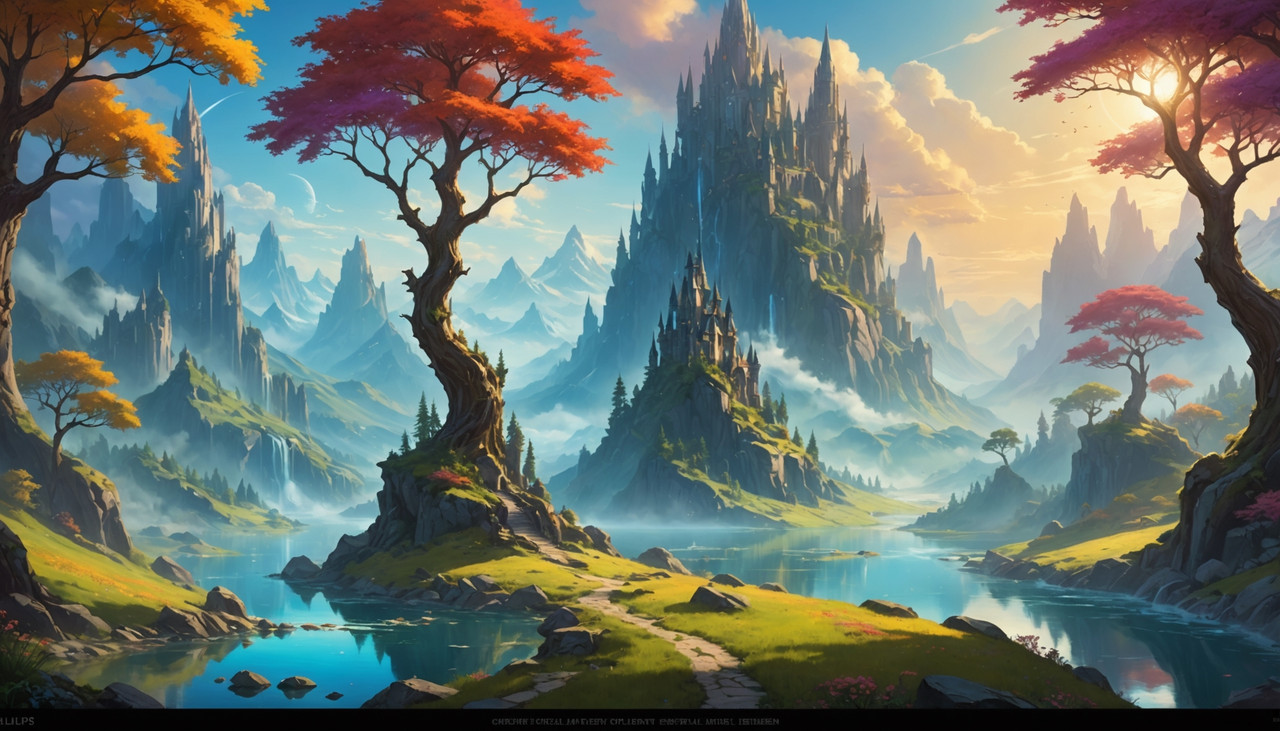
Introduction
In a digital world overflowing with images, understanding the various image formats is crucial. Whether you're a photographer, a graphic designer, or just someone who loves sharing images online, mastering image formats can greatly enhance the quality and loading speed of your visuals. This guide will delve deep into the complexities of image formats, especially focusing on the conversion from JPG to WebP.
But why does this matter? Well, with the growing importance of web performance and user experience, choosing the right format can make all the difference. If you've ever wondered about converting JPG to PNG or even WebP to JPEG, you're in the right place! Let's embark on this enlightening journey together as we explore how to navigate through these intricate waters.
Understanding Image Formats
What Are Image Formats?
Image formats are standardized methods for encoding digital images. Each format serves a specific purpose and has its own strengths and weaknesses. Some are better suited for photographs (like JPG), while others excel in creating graphics with transparency (like PNG).
The Importance of Choosing the Right Format
Choosing an appropriate image format not only affects aesthetics but also impacts loading times and overall website performance. Understanding what each format offers can empower you to make informed decisions that align with your goals.
Common Image Formats Explained
1. JPG (JPEG)
- Pros: High compression rates; widely supported. Cons: Lossy compression leads to quality loss.
2. PNG
- Pros: Lossless compression; supports transparency. Cons: Larger file sizes compared to JPG.
3. GIF
- Pros: Supports animations; simple graphics. Cons: Limited color palette; not ideal for photographs.
4. TIFF
- Pros: High-quality images; no compression. Cons: Very large file sizes; not suitable for web use.
5. WebP
- Pros: Superior compression; supports both lossy and lossless options. Cons: Limited browser support historically.
Mastering Image Formats: A Complete Guide to JPG to WebP Conversion
The transition from JPG to WebP is becoming increasingly important as more browsers adopt this versatile format. In this section, we'll explore practical steps for performing these conversions effectively.
Why Convert JPG to WebP?
WebP offers significant advantages over traditional formats like JPG:
Reduced file size without sacrificing quality. Support for transparency and animation. Improved loading times on websites.How Does WebP Compression Work?
WebP uses both lossy and lossless compression techniques:
- Lossy Compression: Similar to JPEG but more efficient. Lossless Compression: Retains all original data while compressing files efficiently.
Tools for Converting JPG to WebP
Online Converters
Using online tools is one of the simplest methods:
Upload your JPG image. Select "Convert" and download your new WebP file. Some popular online converters include:- CloudConvert Zamzar Convertio
Desktop Applications
If you prefer offline solutions:
GIMP: Free software that allows you to open a JPG file and export it as a WebP. Adobe Photoshop: With a plugin, Photoshop users can export images as WebP files easily.Command-Line Tools
For those who are comfortable with coding:
Use cwebp, a command-line tool from Google that converts images directly without requiring an interface.Understanding Other Format Conversions
JPG to PNG Conversion
Often needed when transparency is required:
Open your JPG in an editor like GIMP or Photoshop. Choose "Save As" or "Export" and select PNG as the output format.PNG to JPEG Conversion
This conversion reduces file size by eliminating transparency:
Open your PNG in any photo editing tool. Save or export it as a JPEG file.Exploring Other Useful Conversions:
1. PNG to WebP
Efficiently convert lossless PNG files into compact WebP files without losing quality.
2. WebP to JPEG
PNG to JPEGFor compatibility reasons, converting back might be necessary if you're working with older platforms that don't support WebP.
3. WebP to PNG
Useful when you require transparent backgrounds while maintaining high quality.
Best Practices for Image Conversion
Quality vs File Size Balance
Always aim for optimal balance between image quality and file size during conversions—particularly critical for web usage!
Batch Processing Images
If dealing with multiple images, consider batch processing via software tools that allow bulk conversions efficiently—saving time!
Maintaining Metadata During Conversion
Check if your chosen tool preserves metadata during conversion if it’s important for your purposes (e.g., copyright details).
FAQs About Image Format Conversions
1. What’s better for web use: JPG or PNG?
While both have their uses, generally speaking, use JPG for photographs and PNG when you need transparency or crisp text/images.
2. Can I convert JPG directly into WebP?
Yes! You can use various tools—both online and offline—to convert JPG images into the more efficient WebP format easily.
3. Is converting from PNG back to JPEG safe?
Yes! However, keep in mind that you’ll lose any transparency features present in the original PNG file during conversion!
4. How do I ensure my new images maintain their quality?
Choose high-quality settings during conversion processes where applicable—especially when switching between lossy formats!
5. Can I convert multiple files simultaneously?
Absolutely! Many tools offer batch processing features—you can convert entire folders worth of images at once!
6. What if my browser doesn’t support WebP?
If compatibility issues arise with certain browsers or platforms, consider providing fallback options using standard formats like JPEG or PNG alongside your primary content delivery method!
Conclusion
Navigating through various image formats may seem daunting at first—but mastering them opens up new avenues for creativity and efficiency! By understanding how each format works—and learning how best to convert between them—you equip yourself with invaluable skills beneficial across countless applications—from personal projects all way up professional endeavors alike!
As you've learned throughout this guide about "Mastering Image Formats: A Complete Guide to JPG to WebP Conversion," effectively managing these transitions enhances user experience on websites significantly! Embrace this knowledge today; dive deeper into exploring additional conversions like JPG-to-PNG, PNG-to-JPEG, WebP-to-JPEG, etc., giving yourself flexibility needed within digital environments we inhabit every day!